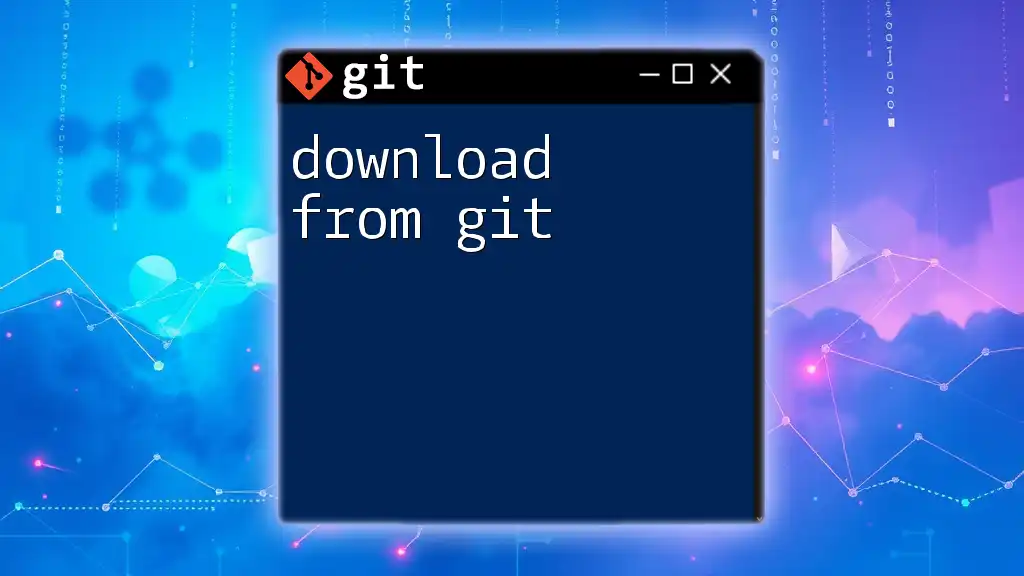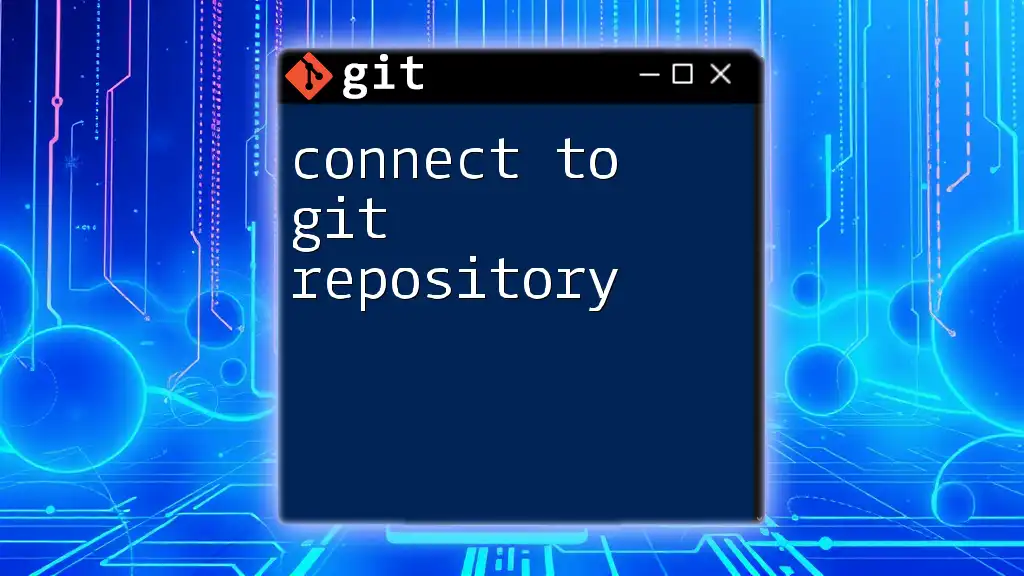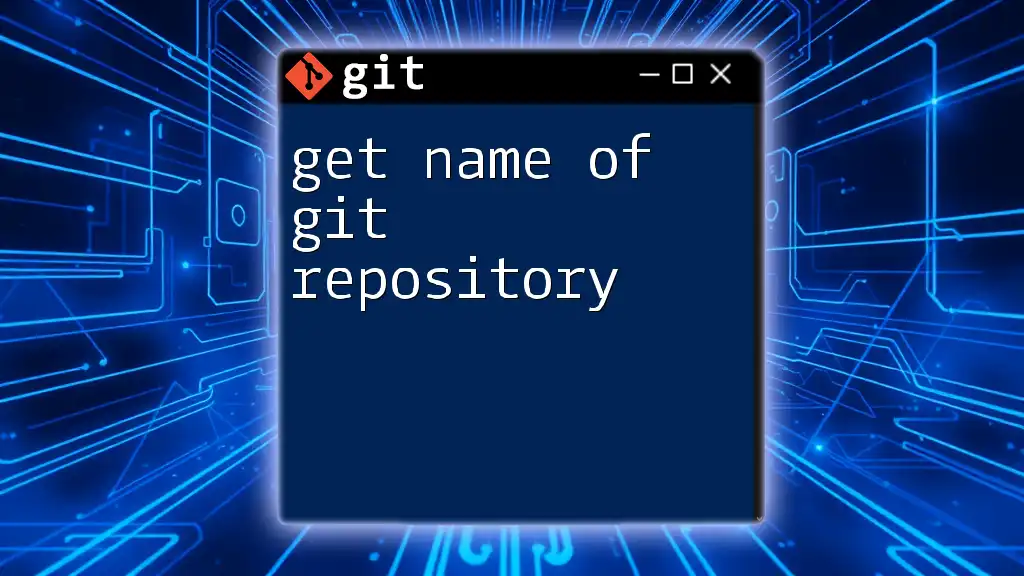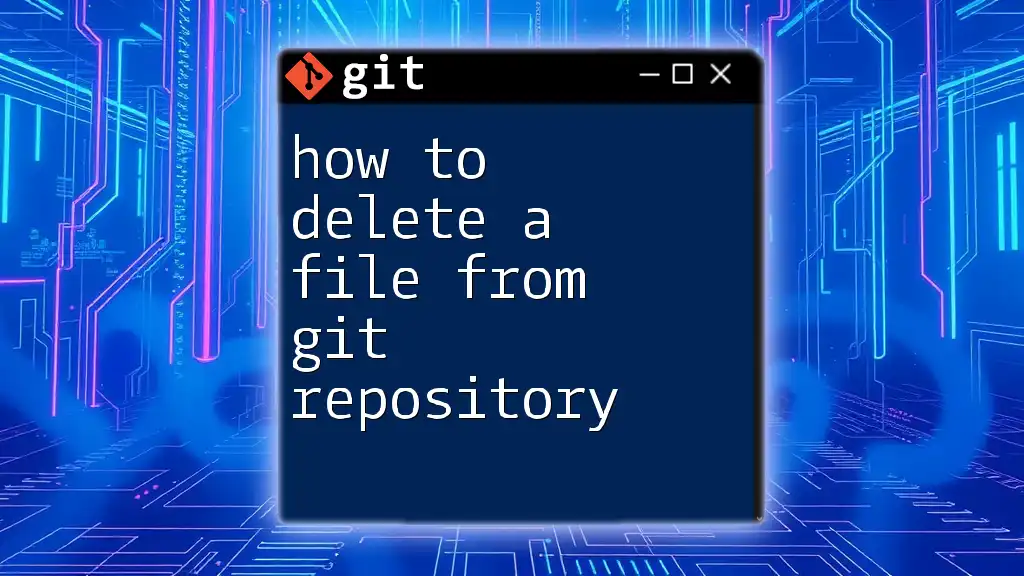To download a Git repository, use the `git clone` command followed by the repository's URL.
git clone https://github.com/username/repository.git
Understanding Git Repositories
What is a Git Repository?
A Git repository is a storage space for your project files, tracking changes and enabling collaboration. It serves as a comprehensive record of all changes made to the codebase over time, allowing multiple users to work together seamlessly. There are two types of repositories to understand: local repositories found on your machine and remote repositories stored on a server.
Common Repository Hosting Services
Various platforms host Git repositories, each offering unique features:
- GitHub: The most popular Git repository hosting service, known for its collaborative features and extensive community.
- GitLab: Offers additional CI/CD tools, enabling automated deployment and integration.
- Bitbucket: Integrates well with other Atlassian products, catering mainly to professional and enterprise projects.

Ways to Download from a Git Repository
Cloning a Repository
What Does Cloning Mean?
Cloning a repository creates a local copy of a remote repository, allowing you to make changes, test new features, and commit updates without affecting the original project until you choose to push your changes back. Cloning is vital when you want to contribute to a project or explore its files.
Steps to Clone a Repository
Identifying the Repository URL To clone a repository, you first need to find its URL. Visit the hosting service, navigate to the repository's main page, and locate the "Clone" or "Download" button. You'll see two options: HTTPS and SSH. Copy the URL under the preferred method.
Cloning via Command Line Once you have the URL, open your command line interface (CLI) and run the following command to clone the repository:
git clone <repository-url>
This command will create a local directory named the same as the repository, containing all project files and history.
Cloning to a Specific Directory You can also choose a different directory name for your local copy:
git clone <repository-url> <directory-name>
This is useful if you want to keep your local workspace organized or avoid conflicts with existing directories.
Downloading as ZIP
What is Downloading as ZIP?
Downloading a repository as a ZIP file provides a way to obtain a snapshot of the files in a repository without engaging with version control features. This method is particularly helpful if you only need the current state of the project without any need to track changes or collaborate.
How to Download a Zip Archive
To download a repository as a ZIP file, locate the Download ZIP option, usually found on the repository's main page on platforms like GitHub. Once you click this option, the ZIP file will be downloaded to your computer.
Extracting the ZIP File Once the download is complete, you need to extract the ZIP file to access the contents. On most operating systems:
- Windows: Right-click the ZIP file and select "Extract All."
- macOS: Double-click the ZIP file, and it will automatically extract the contents to the same directory.
- Linux: Use the command line or a file manager to extract the contents by right-clicking and selecting "Extract."
Pulling Changes from a Remote Repository
Understanding the Pull Command
The `git pull` command is crucial for keeping your local repository in sync with the remote one. This command fetches updates from the remote repository and merges them into your local branch, ensuring you have the latest changes.
How to Use the Pull Command
To use the pull command, navigate to your local repository in the command line and execute:
git pull origin <branch-name>
In this command:
- origin refers to the default name given to the remote repository.
- <branch-name> specifies the branch you want to pull updates from. If you're on the main branch, you can simply use `git pull` without specifying the branch.

Examples and Best Practices
Example Scenario: Cloning a GitHub Repository
Let’s say you want to clone a repository found at the URL `https://github.com/example-user/example-repo.git`.
- Open your terminal or command prompt.
- Navigate to the directory where you want the repository to be cloned.
- Execute the following command:
git clone https://github.com/example-user/example-repo.git
This will create a new folder named `example-repo` in your current directory, filled with all the files and history of the repository.
Best Practices When Downloading Repositories
- Keep Repositories Up-to-Date: Regularly use `git pull` to stay updated with changes in the remote repository, especially if you're collaborating with others.
- Check for Large Files: Before cloning, consider file sizes, as large repositories can take significant time and bandwidth to download.
- Attribution and License Compliance: When downloading open-source projects, be mindful of their licensing terms and provide appropriate attribution as required.
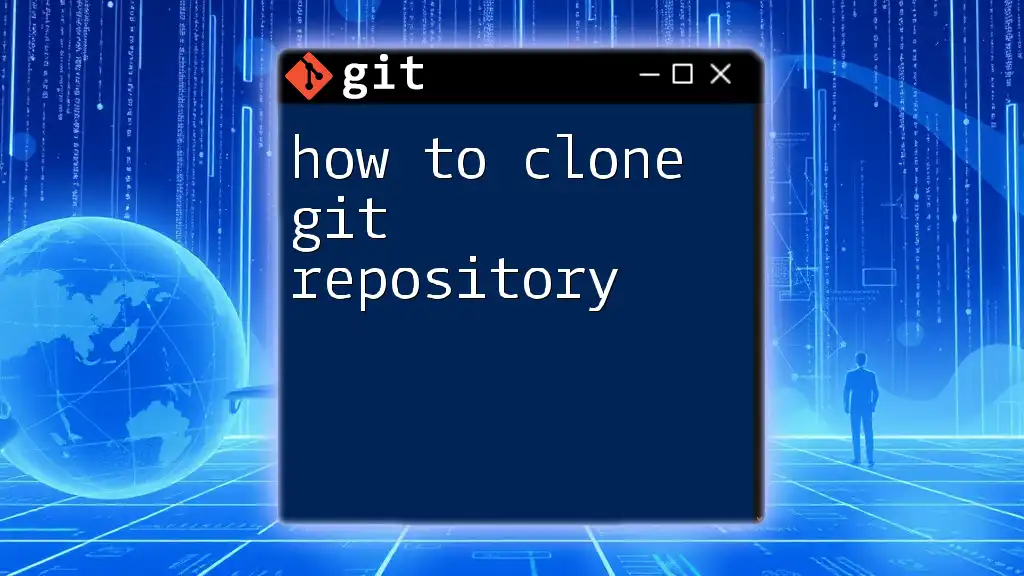
Troubleshooting Common Issues
Unable to Clone Repository
There are a few common reasons you might encounter errors while cloning:
- The repository URL is incorrect or has been moved.
- You lack permissions to access the repository (private repositories need appropriate credentials).
Git Command Not Found
If you see a message saying that the Git command is not recognized, ensure you have Git installed on your system. You can verify this by typing `git --version` in your command line.
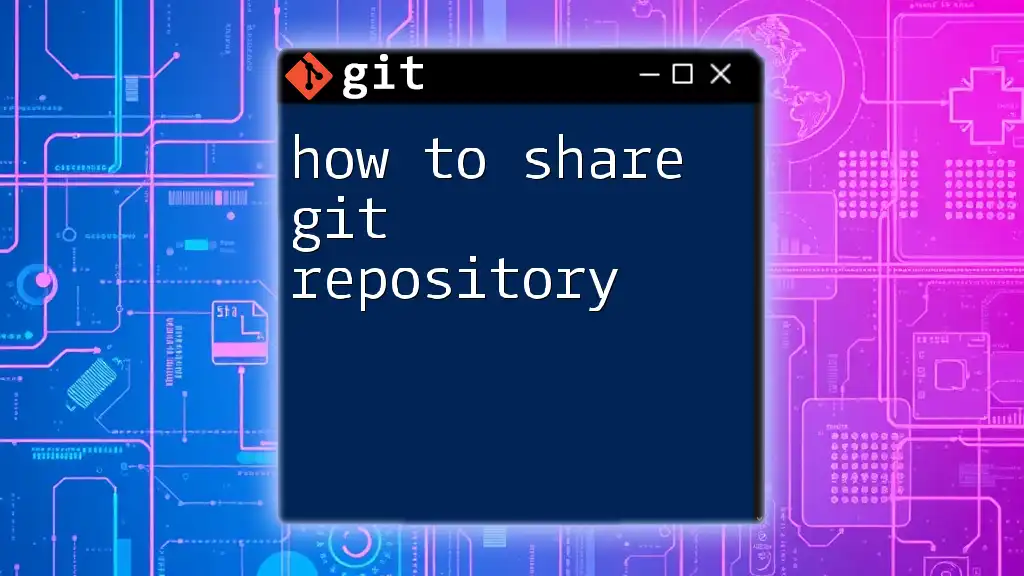
Conclusion
Understanding how to download from a git repository is essential for anyone looking to collaborate or contribute to projects effectively. Whether you clone a repository for active development or download it as a ZIP file for immediate access to files, mastering these commands paves the way for efficient workflows in the world of version control.

Additional Resources
To further enhance your knowledge, consider exploring the official Git documentation, engaging with community tutorials, or watching instructional videos on platforms dedicated to Git and version control.








